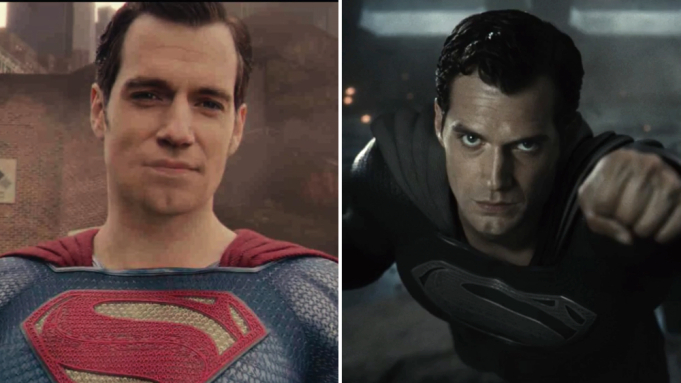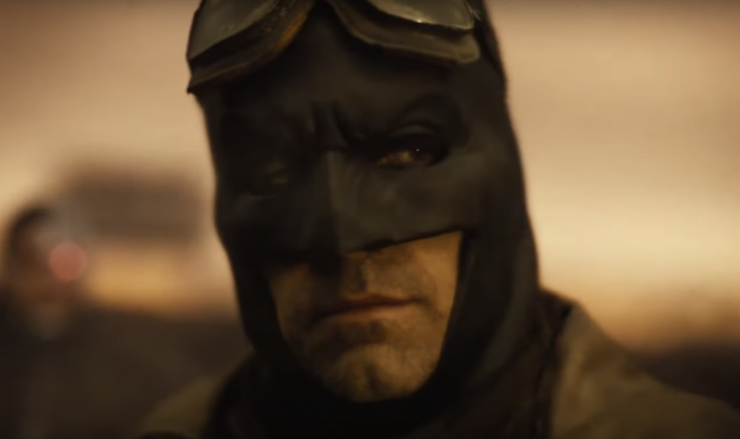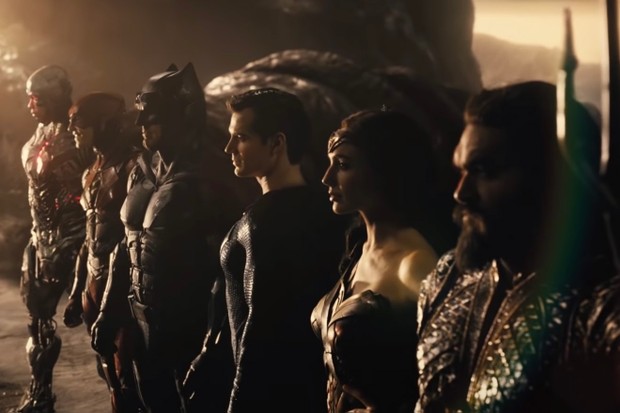It’s here. Zack Snyder’s Justice League is finally here.
After three years and four months campaigning against the theatrical release that was put out by Joss Whedon and Warner Bros., the fandom finally prevailed and the fabled Snyder Cut of the Justice League film was released on HBO Max on March 19, 2021.
Before diving into the four-plus hour epic, let’s rewind it back for some context as to why a new cut was necessary and shouted into existence by the fandom and Snyder himself.
After the tragic death of Snyder’s daughter Autumn, he departed Justice League to be with family. At this time, the film was pretty much completely shot and all that was left was digital effects, some reshoots, and editing. Enter Joss Whedon who was brought in to do the rest of the reshoots and rewrites, however, he was given more creative control. Thus, a film very different from Zack Snyder’s vision was put out into the world. This film was released on Nov 17, 2017. Then on Nov 19th, just two days later, the online campaign for the Snyder cut began.
The original release of Justice League was so poorly received that the campaign to release the Snyder caught traction from the cast and Snyder himself, who began to jump on the #ReleaseTheSnyderCut movement. Warner Bros. had no choice but to give the fans what they wanted.

Snyder was then given free rein (mostly) to put together his vision of Justice League as he intended it to be, and in 2020 it was announced that it would be released on HBO Max. That vision included a film presented in a 4:3 aspect ratio, divided into multiple parts, and given an R rating. Not to mention, the film is over four hours long, so prepare to schedule plenty of bathroom breaks and an intermission stretch.
Let’s talk about the film.
It’s good. It’s not great, but it’s not bad. This version of the film could truly have been great had there been just a little less of it. A little less of…everything.
First off, while the story in parts was a great idea in place of the film that was already released and seen by the entire fandom, there could easily have been 30 seconds shaved off of nearly every scene. Did we really need the entire Norwegian song at the end of the first Bruce Wayne and Arthur Curry scene? Do we need THAT much slo-mo? And while it was a cool sound effect the first few times, did we really need the wailing Amazon sound effect on every single Wonder Woman scene? Probably not.
Snyder is well known for being an overindulgent filmmaker as evidenced by his directorial style (300, Watchmen, Suckerpunch), with a penchant for highly extended versions of past films and an excess of every detail in some of the most mundane scenes. So it’s not entirely a surprise

Next is the ending. This film would have had the most perfect ending had the film ended with the final scene of the entire justice league officially assembled for the first time post-victory. Instead, we get an epilogue that’s an additional 20 minutes in length which includes a dream sequence that is completely disconnected from the story told in this film. While the final scene, which was shot for the first time for this release, does indeed pertain to some events that have taken place within the Snyderverse, it would have been better served as a mid or post-credit scene. Placed where was, only serves to confuse the audience.
Important additions that needed to be made.
The most apparent change to the story comes with the inclusion of the storylines for people of color in the film. In the theatrical cut, the people of color who play a strong pivotal role in the story of the film, their scenes of character development, and the overall arcs of some of these characters were completely cut out by Whedon.
Joe Morton, who played Victor Stone a.k.a Cyborg’s father, played an immensely pivotal role in the entire film. Without understanding his relationship with his son, his desire to right his wrongs as a father, and his direct involvement with the Mother Box (an item of interest to the antagonist of the film), you do not have a compelling foundation for Ray Fisher’s Cyborg at all.
Whedon’s cut had Victor’s screentime cut down dramatically, along with the complete removal of scenes with Kiersey Clemmons, Harry Lennix, and Zheng Kai. Most notably, Snyder’s cut gave us more Cyborg, while in Whedon’s cut, the lack of Cyborg was an absolutely disrespectful and full-on disservice to Cyborg’s involvement in the storyline and his own character arc.
Fisher’s anger towards Warner Bros. and Whedon seems to be in full merit based on the performance showcased in the Snyder Cut. In fact, Cyborg is the heart of the film and is the reason this film’s narrative is so good. Cyborg’s story, coupled with Fisher’s performance, is the only reason you need to sit through this four-hour epic.

Other improved elements include Aquaman, Wonder Woman, and The Flash, who all receive more fleshed-out storylines in Snyder’s cut. Steppenwolf also gets more on-screen time to cement him as a phenomenal villain with emotional range and purpose. In addition, Synder’s cut treated true DC fans to the reveal of Darkseid and a revived Superman donning a black suit and cape.
What’s next?
This is a new era; one in which the fans can strongarm major companies and bend them to their will with a simple keyboard stroke. With the success of Snyder’s Justice League, Warner Bros. would be hard-pressed to not turn their back on the fans and continue his vision for the rest of the DC Snyderverse. Do they turn back the hands of time and pick up where they left off or is this it?
Only time and fans will tell.